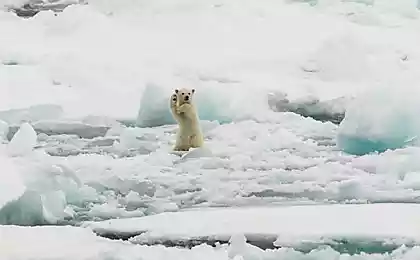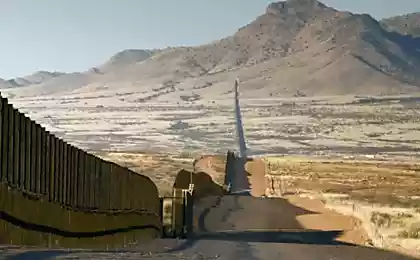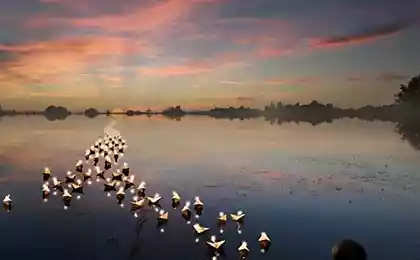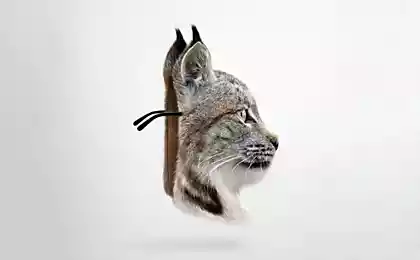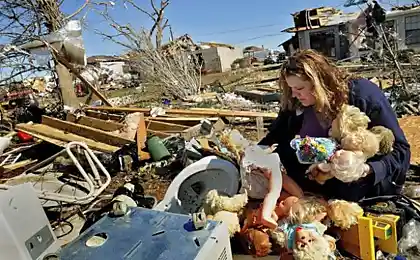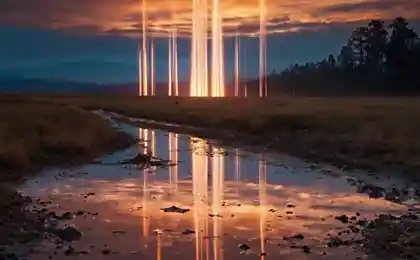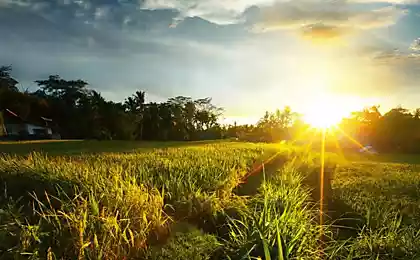882
Miracles of nature, which will not be soon
Interesting selection of the top 10 amazing places in the world that is likely to disappear until 2030. I advise you to view.
Belize Barrier Reef
Belize Barrier Reef is already greatly suffered in 1998, lost in many places up to 50% of corals. His coral, as before, discolored - both because of global warming and because of human activities.
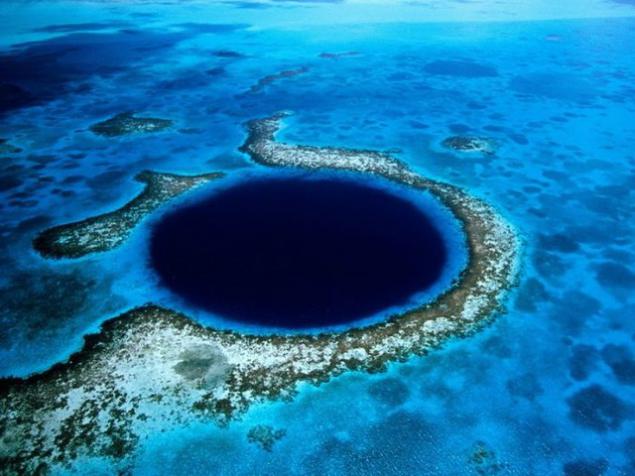
Congolese basin
Congolese basin - the second area array of jungle after the Amazon basin. By 2040, two-thirds of the unique flora and fauna, according to the UN will be lost in case of failure of effective measures for their protection.
Forests are subjected to merciless cutting devices for the purpose of grazing, mining, as well as during the guerrilla warfare in this region of Africa. Reduction of the area of forest surface leads to a reduction in the volume absorption carbon dioxide, and therefore the rains, which contributes to climate change.
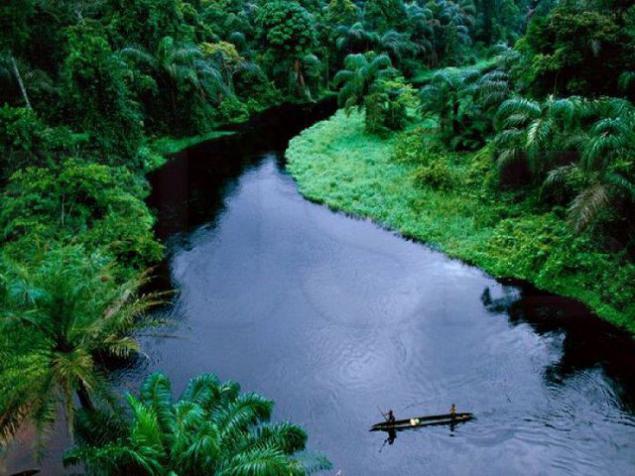
Dead Sea
Over the past four decades, its area decreased by one third, and it became shallow at 24 meters. Former beaches are now one and a half kilometers further away from the shoreline. The water in the Dead Sea comes only from the river Jordan, but the surrounding countries are taken out of the river more and more water. As a result, in 50 years the Dead Sea will not.
The more that the producers Cosmetics and potassium carbonate constantly deplete mineral reserves of marine bottom.

Everglades National Park (Florida, USA)
Swamps, which occupy the main part of its territory, subject to contamination from the surrounding farms, and the invasion of alien beings.
Not to mention the fact that 60% local water supply is pumped to nearby cities and farms.
As a result, the area of the park - the only place where dwells the Florida panther - already halved since 1900. For 40 years, Florida panther, as well as another 20 animal species may disappear completely.
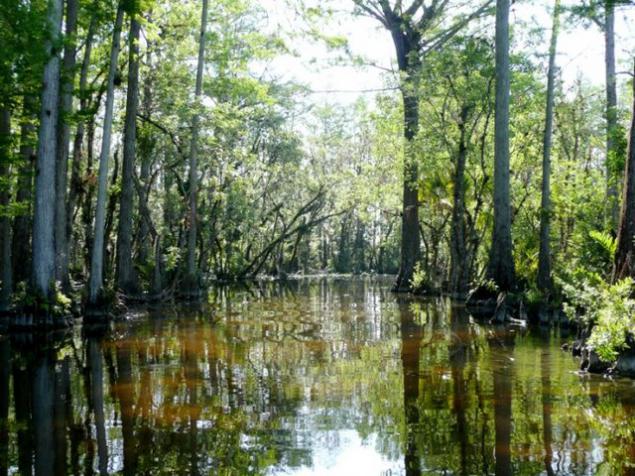
Madagascar
If you do not save the forest of the island African state, in 35 years they will be completely felled and burned and their inhabitants die. Reserves occupy only 5% of the island, not allowing animals to move safely throughout Madagascar.
Some rare species of the island were not even studied and documented, and may become extinct before they have time to explore.
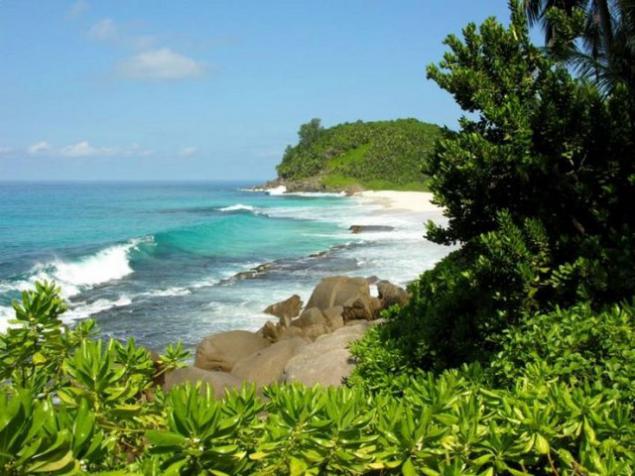
Maldives
If global warming continues, these islands, rising only a little over two meters above sea level, will be flooded. In 2008, the State President has announced the acquisition of land in other countries, particularly in India, for the resettlement of citizens who were forced to leave their homes, flooded the ocean. In 2009, in order to emphasize oncoming danger, he held a meeting of the government under the water.
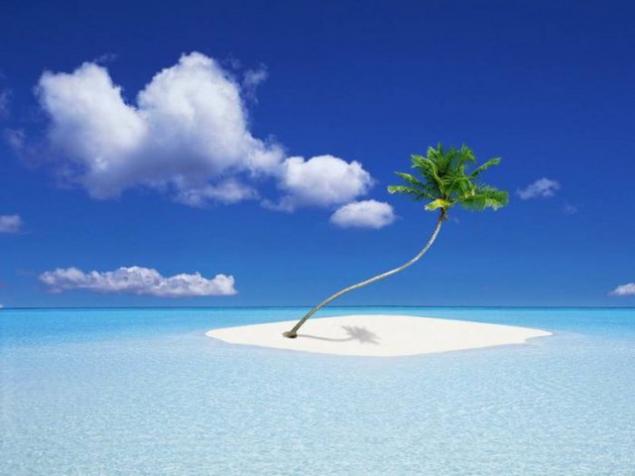
North and South Poles
Global warming threatens the extinction of 80% of the emperor penguins of Antarctica. In the Arctic, the same destruction threatens polar bears, because together with the melting of the polar ice caps are killed whole ecosystems, including food chain. New ice packs will no longer be formed in Antarctica during 20-40 years.
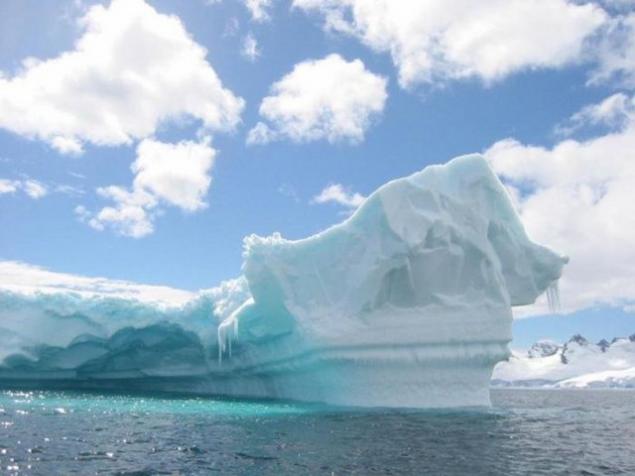
Tigers
More than half the world's tigers live in India. Total in the world in the wild they left 3200, while in 1900 in India alone, there were 100 thousand. Fully Tigers could become extinct within 12 years. For the needs of Chinese traditional medicine are killing an average of one tiger per day. Reserves for tigers exist, but they do not provide a reliable migration routes of females necessary for full reproductive population.
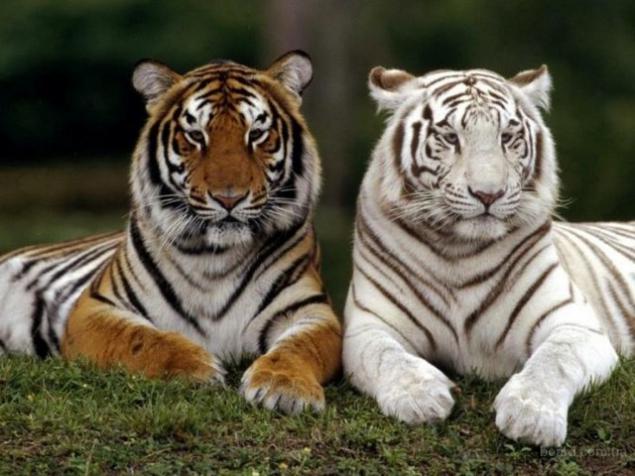
Jungle Tahuamanu (Peru)
In the Peruvian province of Madre de Dios are almost the last the world's reserves of mahogany. And it just grows in the jungles of Tahuamanu. But due to illegal logging, they cancel. US buy about 80% redwood. Because of each tree can make furniture for a million dollars.
Loggers build roads that allows to get into the jungle to farmers and hunters, and this, in turn, disturbs and destroys the indigenous inhabitants of the ecosystem. In addition, gold mining, which is conducted in the neighboring areas, resulting to air and water pollution by mercury
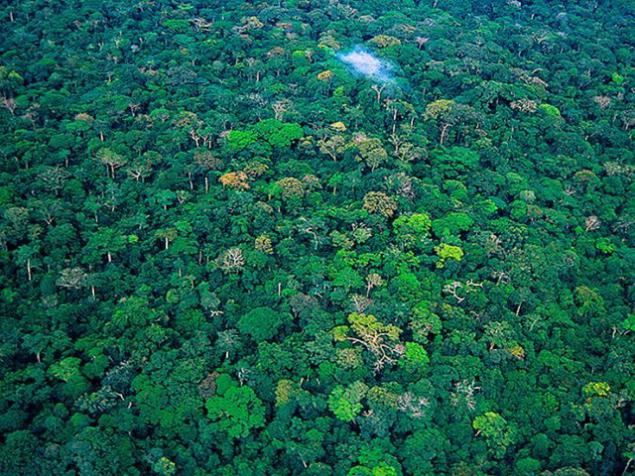
Yangtze River basin
Many observers, including Chinese officials have already acknowledged that the majority of species of flora and fauna that inhabit this natural region is under threat of destruction.
This stems from the deforestation, construction of dams and reservoirs formation. There is also the danger of earthquakes.
Tourist flows may have a dual impact on natural landscapes: on the one hand, they clearly worsen ecological condition of unique places of the Earth, only hastening their death. On the other hand, local authorities can spend revenues from tourism on measures to preserve natural wonders.
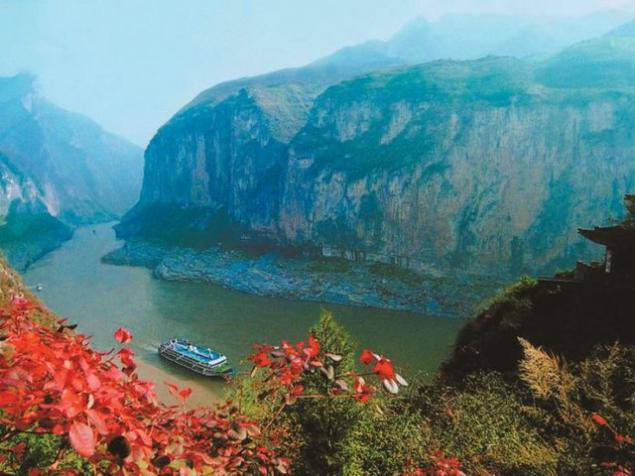
From
Belize Barrier Reef
Belize Barrier Reef is already greatly suffered in 1998, lost in many places up to 50% of corals. His coral, as before, discolored - both because of global warming and because of human activities.

Congolese basin
Congolese basin - the second area array of jungle after the Amazon basin. By 2040, two-thirds of the unique flora and fauna, according to the UN will be lost in case of failure of effective measures for their protection.
Forests are subjected to merciless cutting devices for the purpose of grazing, mining, as well as during the guerrilla warfare in this region of Africa. Reduction of the area of forest surface leads to a reduction in the volume absorption carbon dioxide, and therefore the rains, which contributes to climate change.

Dead Sea
Over the past four decades, its area decreased by one third, and it became shallow at 24 meters. Former beaches are now one and a half kilometers further away from the shoreline. The water in the Dead Sea comes only from the river Jordan, but the surrounding countries are taken out of the river more and more water. As a result, in 50 years the Dead Sea will not.
The more that the producers Cosmetics and potassium carbonate constantly deplete mineral reserves of marine bottom.

Everglades National Park (Florida, USA)
Swamps, which occupy the main part of its territory, subject to contamination from the surrounding farms, and the invasion of alien beings.
Not to mention the fact that 60% local water supply is pumped to nearby cities and farms.
As a result, the area of the park - the only place where dwells the Florida panther - already halved since 1900. For 40 years, Florida panther, as well as another 20 animal species may disappear completely.

Madagascar
If you do not save the forest of the island African state, in 35 years they will be completely felled and burned and their inhabitants die. Reserves occupy only 5% of the island, not allowing animals to move safely throughout Madagascar.
Some rare species of the island were not even studied and documented, and may become extinct before they have time to explore.

Maldives
If global warming continues, these islands, rising only a little over two meters above sea level, will be flooded. In 2008, the State President has announced the acquisition of land in other countries, particularly in India, for the resettlement of citizens who were forced to leave their homes, flooded the ocean. In 2009, in order to emphasize oncoming danger, he held a meeting of the government under the water.

North and South Poles
Global warming threatens the extinction of 80% of the emperor penguins of Antarctica. In the Arctic, the same destruction threatens polar bears, because together with the melting of the polar ice caps are killed whole ecosystems, including food chain. New ice packs will no longer be formed in Antarctica during 20-40 years.

Tigers
More than half the world's tigers live in India. Total in the world in the wild they left 3200, while in 1900 in India alone, there were 100 thousand. Fully Tigers could become extinct within 12 years. For the needs of Chinese traditional medicine are killing an average of one tiger per day. Reserves for tigers exist, but they do not provide a reliable migration routes of females necessary for full reproductive population.

Jungle Tahuamanu (Peru)
In the Peruvian province of Madre de Dios are almost the last the world's reserves of mahogany. And it just grows in the jungles of Tahuamanu. But due to illegal logging, they cancel. US buy about 80% redwood. Because of each tree can make furniture for a million dollars.
Loggers build roads that allows to get into the jungle to farmers and hunters, and this, in turn, disturbs and destroys the indigenous inhabitants of the ecosystem. In addition, gold mining, which is conducted in the neighboring areas, resulting to air and water pollution by mercury

Yangtze River basin
Many observers, including Chinese officials have already acknowledged that the majority of species of flora and fauna that inhabit this natural region is under threat of destruction.
This stems from the deforestation, construction of dams and reservoirs formation. There is also the danger of earthquakes.
Tourist flows may have a dual impact on natural landscapes: on the one hand, they clearly worsen ecological condition of unique places of the Earth, only hastening their death. On the other hand, local authorities can spend revenues from tourism on measures to preserve natural wonders.

From





